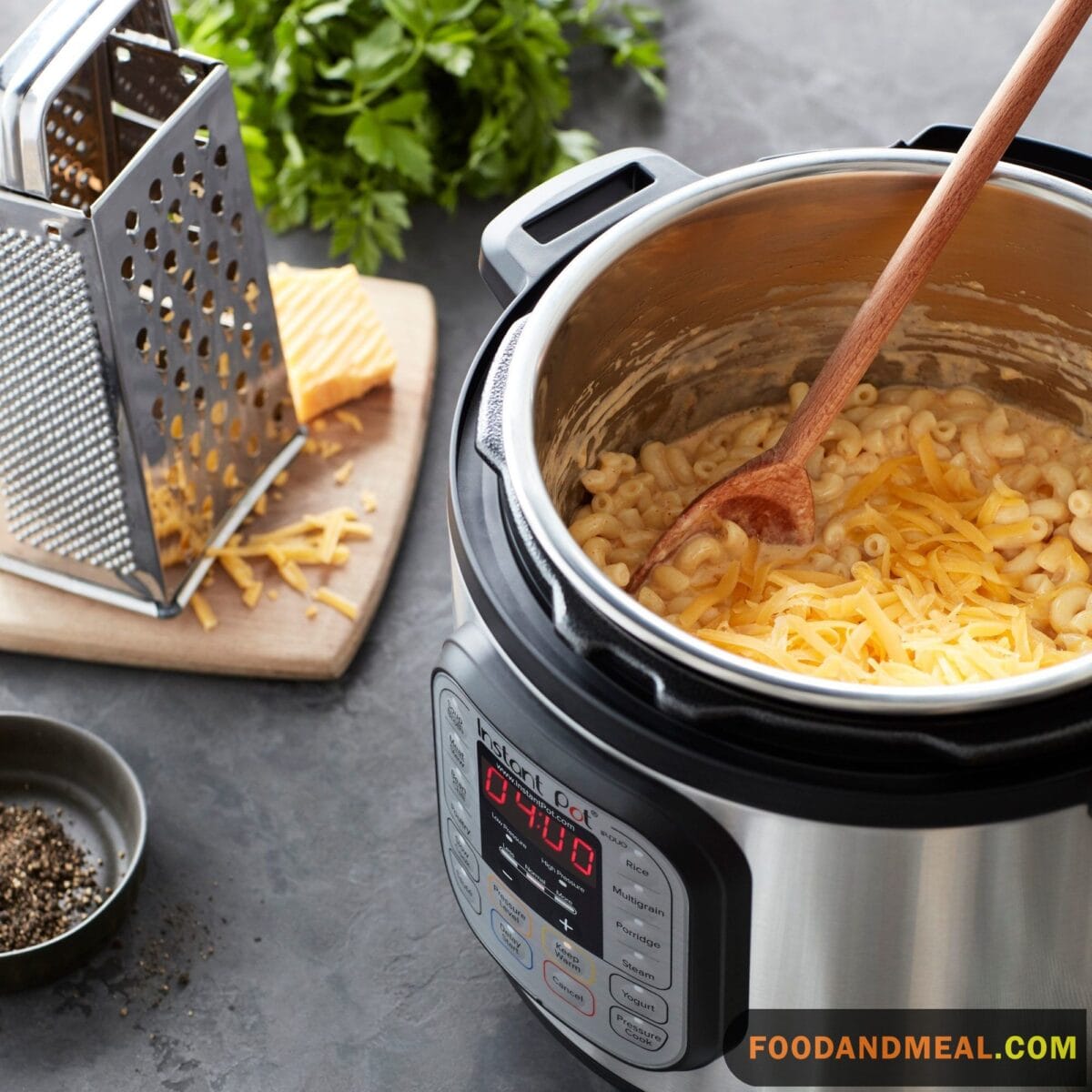They say food is the way to travel without leaving your kitchen. My cooking escapades have led me to a gem – the African Elephant Soup. This isn’t just a dish, dear reader, but a beautiful confluence of history, culture, and exquisite flavors. So, get your aprons on and let’s embark on this gastronomic journey together!
Elephant Soup is a traditional soup of Southern African, with biltong as the main ingredient. Biltong is a popular snack for residents here. It is made from slices of cured and dried meat. Biltong is easily confused with beef jerky because both have a similar form and are side snacks containing much the necessary nutrients. However, biltong is dipped in vinegar, Coriandrum sativum, and other spices; whereas, beef jerky is mixed with plenty of flavorings. Moreover, biltong has a higher fat content than beef jerky.
To process an authentic South African Elephant Soup, you should use biltong instead of beef jerky. But in some countries, it is quite difficult to approach. At this time, you can replace it with beef jerky. Although it cannot allow you to enjoy the Elephant Soup with an original flavor, you may be impressed by its versional taste.
Elephant Soup Recipes
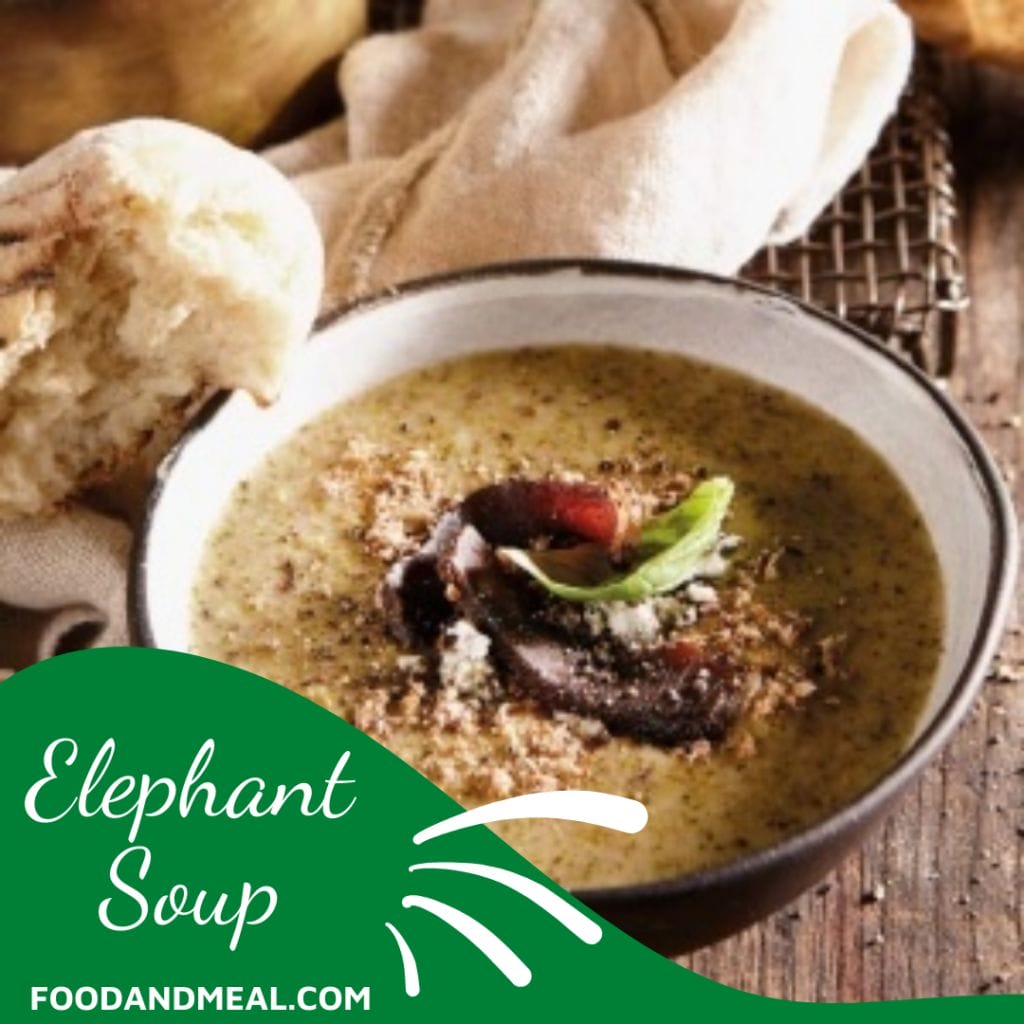
- Read more: South African Food Recipes
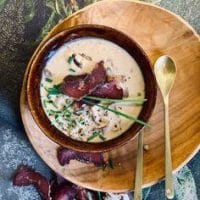
Elephant Soup Recipe from Biltong or Beef Jerky
Equipment
Ingredients
- ½ pounds biltong or beef jerky Washed in hot, salted water and cut into chunks
- 5 cups broth
- 2 medium onions
- 1 cup mirepoix Combination of diced onions, carrots, celery, and herbs sautéed in oil or butter on very low heat
- ½ cup peanut butter
- 1 cup lentils
- 1 cup mushroom
- 1 leek
- 2 tablespoon butter
- ½ cream
- Salt and pepper to taste
Instructions
- Place a dutch oven with enough water to cover the meat over medium heat and add the meat. Cook for 30 minutes, then add the broth and mirepoix and cook for 2 hours.
- Add the peanut butter, onions, leek, mushroom, and lentils (dal) and stir thoroughly. Cook for further 15-20 minutes.
- Taste and adjust seasoning. Top up with cream and butter.
- Enjoy!
Video
Notes
Nutrition
© Food And Meal
This website provides approximate nutrition information for convenience and as a courtesy only. Nutrition data is gathered primarily from the Spoonacular Database, whenever available, or otherwise other online calculators.
Elephant Soup Recipe from Biltong Powder
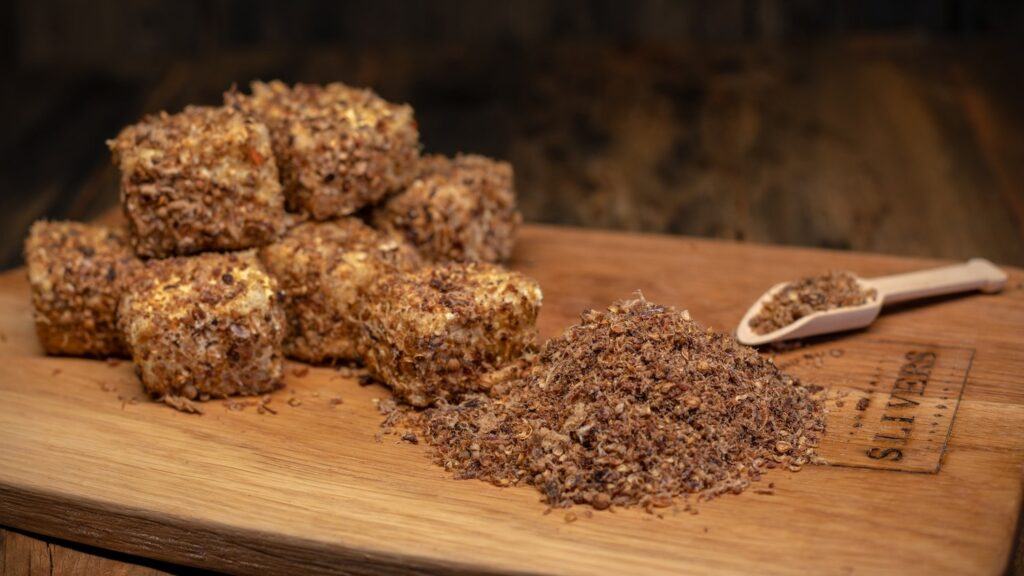
In a medium, heavy-based saucepan, melt butter over low heat. Add flour and stir for about 1 minute. Gradually add milk while whisking constantly over medium heat until the sauce is smooth and slightly thickened. Next, incorporate stock, spices, and seasoning, and simmer the mixture for approximately 10 minutes, continuing to whisk constantly until it thickens further. Once thickened, add cream and biltong, heating the mixture through. Remove the saucepan from the heat and stir in cheese until melted. Garnish the dish with extra biltong and serve immediately as a starter or light meal, accompanied by warm bread rolls. This creamy biltong sauce offers a rich and flavorful experience, perfect for any occasion.
Pressure Cooker African Elephant Soup
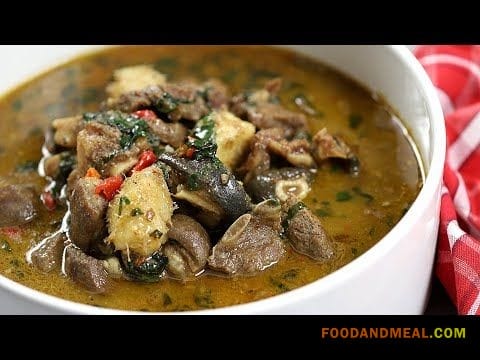
Using a pressure cooker for our cherished African Elephant Soup not only speeds up the cooking process but also ensures the flavors are melded seamlessly. It’s a technique that infuses every morsel with the rich spirit of Africa, and it’s especially handy for those days when time is of the essence.
To prepare African-inspired meat and okra soup using a pressure cooker, start by gathering all your ingredients to ensure a smooth cooking process. Turn on the pressure cooker’s sauté mode and heat oil before adding onions, garlic, and bell peppers, sautéing until the onions are translucent. Next, add meat chunks and brown them slightly on all sides to seal in juices. Then, incorporate tomatoes and okra into the mixture. Sprinkle in African spice mix, salt, and pepper, ensuring even coating over the ingredients, followed by pouring in broth. Secure the pressure cooker’s lid, set it to ‘High Pressure’ mode, and adjust the timer for 30 minutes. Once the cooking cycle is complete, allow the pressure to release naturally for an additional 10-15 minutes. After opening the lid, stir the soup well, check for seasoning adjustments, ensuring the meat is tender and vegetables are cooked to perfection. Finally, ladle the soup into bowls, garnish with fresh herbs, and serve hot with your preferred bread or side dish. This flavorful and hearty soup is ready to be enjoyed.
By using the pressure cooker, we’ve retained the integrity and depth of flavors typical of the African Elephant Soup while significantly cutting down on the cooking
If you like discovering Southern African cuisine, don’t miss this dish. Elephant Soup doesn’t ask for a high cooking technique, so you may completely make it at home, as long as you have a standard recipe.
Tips and Tricks

Serving Suggestions
The serving suggestions for African Elephant Soup include pairing it with various dishes to enhance its flavors. These suggestions range from Japanese classics like Yakisoba and Miso Soup to more specific options such as Mentsuyu and Butajiru, providing depth and variety to the meal. Additionally, drizzling Ponzu Sauce over the soup adds a citrusy tang, balancing the rich flavors. Overall, these pairings offer a diverse and satisfying dining experience alongside the hearty African Elephant Soup.
Cooking Tips
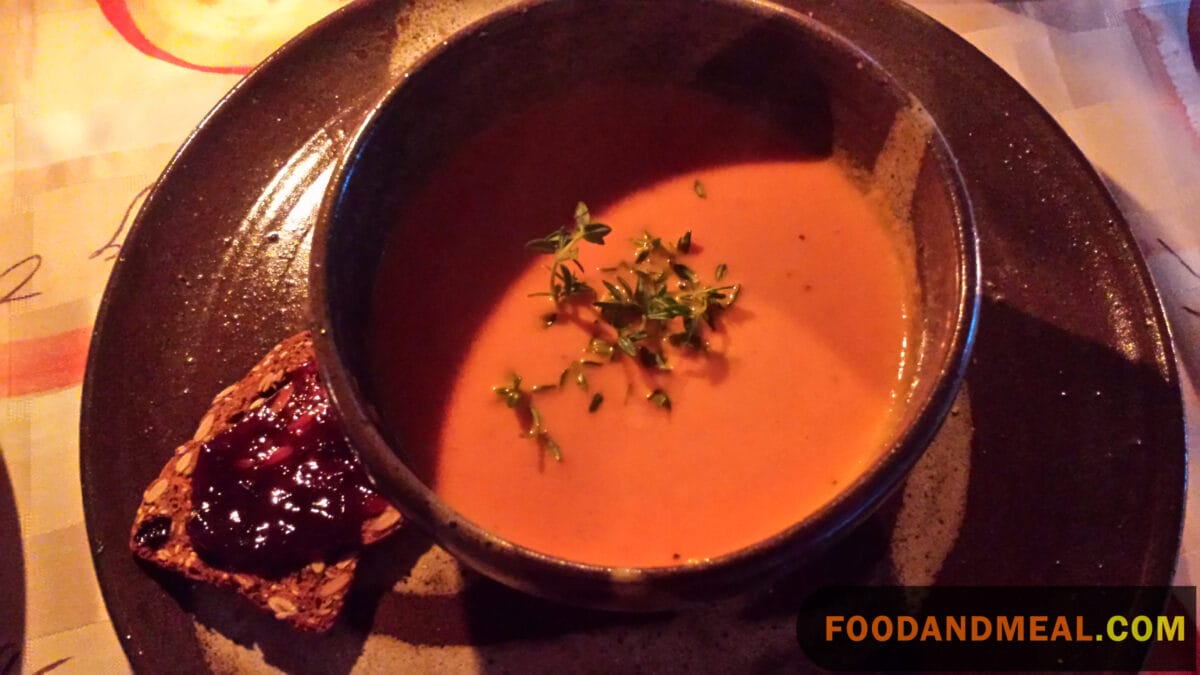
List of 5 FAQs
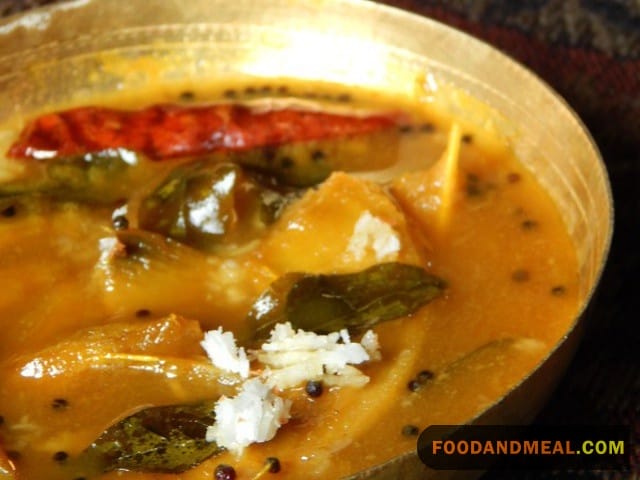
1. Can I make a vegetarian version of the African Elephant Soup?
Absolutely! Substitute meat with hearty vegetables like eggplant, mushrooms, and butternut squash. Use vegetable broth instead of meat broth, and follow the same cooking steps.
2. I don’t have all the spices mentioned. What can I do?
While traditional spices give the soup its authentic flavor, you can use a pre-made African spice blend or make your own mix with common spices like cumin, coriander, turmeric, and paprika.
3. How long does the soup last in the fridge?
African Elephant Soup, when stored in an airtight container, can last up to 4-5 days in the refrigerator. Ensure it cools down completely before storing.
4. Can I freeze the soup for later use?
Yes, this soup freezes well. Divide it into portion-sized containers, and it can be stored frozen for up to 2-3 months. Thaw in the refrigerator overnight before reheating.
5. The soup is too spicy for me. How can I reduce the heat?
If you find the soup too spicy, you can add a dollop of yogurt or sour cream while serving. Additionally, while cooking, consider deseeding the chili peppers or reducing the quantity of spicy ingredients.
People said that exploring cuisine is also a creative ‘traveling’ way. Thus, cooking African dishes in your kitchen with an authentic recipe will help you have a perfect Africa tour without taking a plane ticket. But, where is that authentic recipe? Right here, this blog, which you are reading!
Hello! I’m Black Pie, your culinary guide at Food And Meal, Hana Hotel Travel Company Limited. I'm passionate about unveiling the rich and diverse flavors of African cuisine to the world. Each recipe we explore is a celebration of culture, tradition, and exquisite taste. Join me on this delightful culinary journey, where we'll discover and share the hidden gems of African cooking together!


